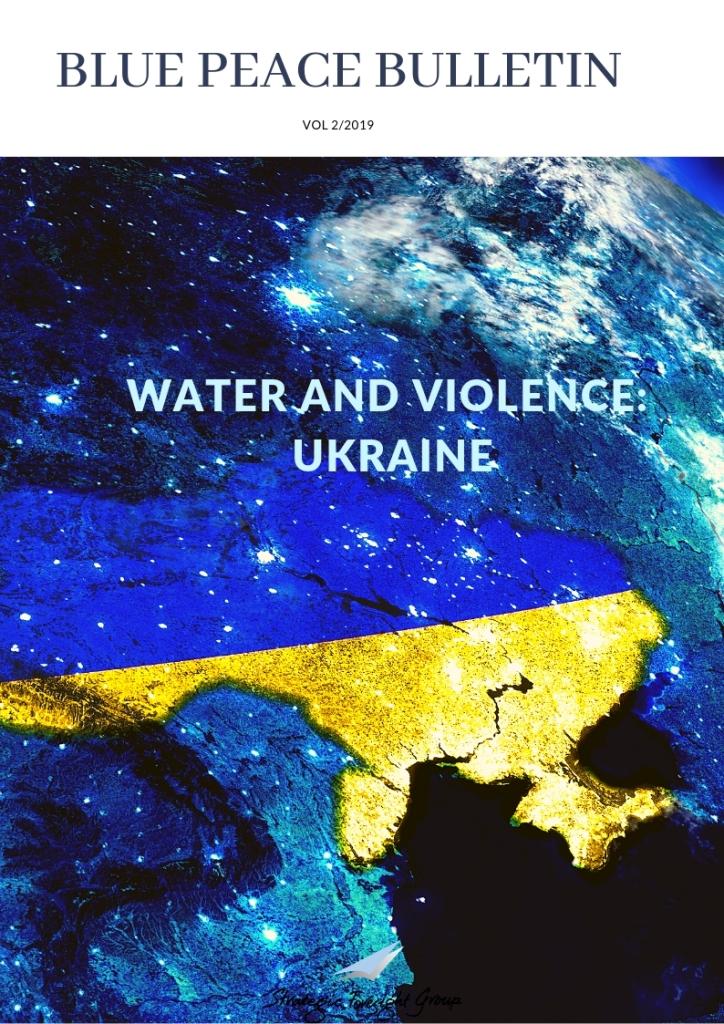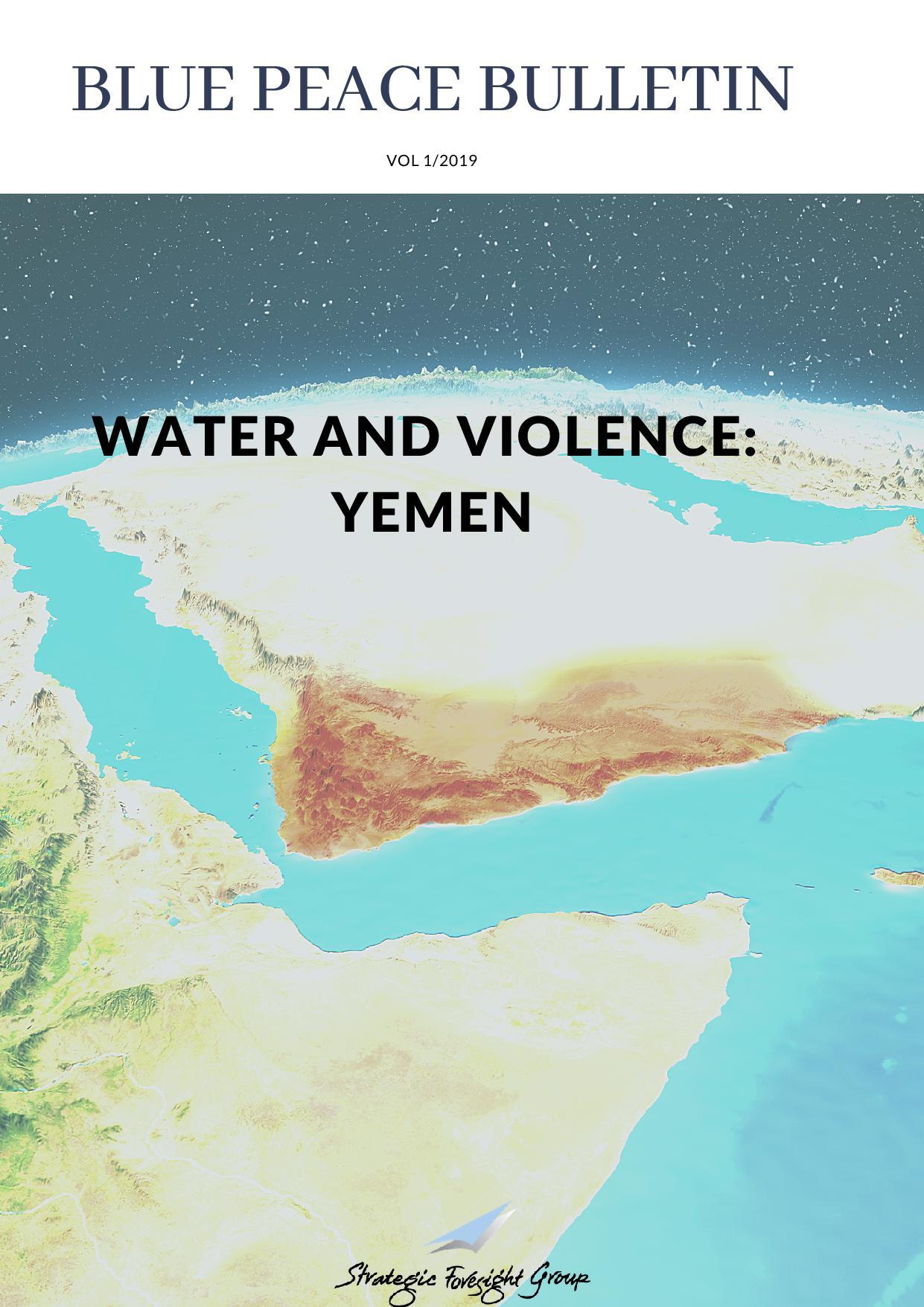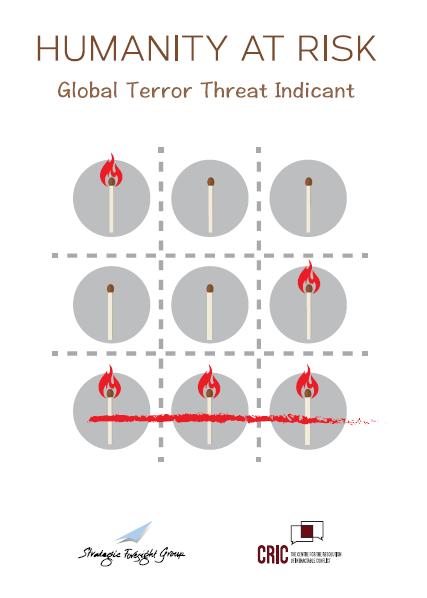Peace Building Ladder for the Middle East
|
|
December 15, 2014
By
|
The Middle East peace talks steered by US Secretary of State John Kerry are suspended. However, Strategic Foresight Group sees this as part of a difficult and long peace process. A break in talks does not signify the end. Our view is based on a scenario we presented in our 2009 report �€œThe Cost of Conflict in the Middle East�€.
The 2009 Cost of Conflict report, through a detailed analysis, had calculated the cost of conflict in the Middle East since 1991 to be US$ 12 trillion. The figure was a result of a substantial collaboration and consultation process with experts representing almost all major constituencies in the Middle East. Based on the findings of this extensive study that involved bilateral consultations as well as collective reflections, Strategic Foresight Group had then gone on to outline four possible future scenarios for the conflict�€™s resolution.
The most favourable and likely scenario of the four, was built on the assumption that a multi �€“polar global order would evolve in the world. With the power centres divided between regions there would be stronger support for ending violent conflict in the Middle East: specifically the Israel- Palestine conflict which lies at the core of Middle East problems. Five distinctive stages of the �€œPeace Building Ladder�€ were identified for the conflict to come to a natural end.
Interestingly, since 2009 three of the five stages illustrated by Strategic Foresight Group in the Cost of Conflict report can be observed to have taken place in the Middle East peace process. In stage one, according to the report the US revisits its interests in the Middle East. This stage involved starting the process for withdrawal of troops from Iraq, and initiation of a Middle East peace dialogue between Israel and Palestine. In reality as well, the first Obama administration sought to restart the Middle East peace process. Plans were drawn for a gradual withdrawal of troops from Iraq and the US administration made a sustained diplomatic effort to bring Israel and Palestine to the discussion table.
The second step of the Peace Building Ladder involved confidence building measures to keep Israel and Palestine engaged in dialogue. The US administration achieved this to some degree with Prime Minister Benjamin Netanyahu of Israel agreeing to a 10-month partial freeze on settlement construction in the West Bank. Former US Secretary of State Hillary Clinton also made a mammoth effort to get the Israeli and Palestinian leaders to agree to discussions.
The third stage involved formal talks between Israel and Palestine which proves to be an on-going process, as seen through the recent efforts of US Secretary of State, John Kerry. The Middle East peace talks for now have been suspended. But as the past 47 years of peace negotiations go to show, they will at some point be renewed.
If the opportunity cost of the Middle East conflict for the period 1991 - 2009 was US$ 12 trillion, then the figure for 1991 - 2014 is likely to be around US$ 15 trillion. Can the Middle East afford this increasing cost of conflict? It is possibly in the best interests for both sides to come to an understanding and make a commitment to developing a �€œwarm peace�€- where the absence of violence from both sides is accompanied by active economic, political, social and cultural harmony. Thus, it is our hope that the progression to step four of the Peace Ladder- which is the gathering of all key leaders at a peace summit- may take place in the near future, allowing for the resolution of this long drawn conflict.
Related Publications
Related latest News
Related Conferences Reports
-

P5 Experts Roundtable on Nuclear Risk Reduction
Download:Geneva Roundtable Report
-

Roundtable on Global Security and Catastrophic Risks
Download:Report on RT revise





